Primavera P6 Adding Activities and Activity Types: How do you add activities in Primavera P6?
Once you have created your project’s work breakdown structure (WBS) in Oracle Primavera P6, you will insert activities under the specific WBS levels. Activities are the main work elements of a project. A schedule is built by creating activities, inserting activity durations, and linking them with relationships. When all these elements are in place, the next step is to calculate the duration of the schedule by using the critical path method (CPM). Oracle Primavera P6 adding activities and activity types is an important step in scheduling.
Table of Contents
Hey there, project management aficionados! Are you ready to take your Oracle Primavera P6 skills up a notch? Well, you’re in the right spot! In today’s deep dive, we’re going to unravel the mysteries of adding activities and activity types in Primavera P6. Whether you’re a seasoned pro or just starting out, getting these basics down pat is essential for running your projects smoothly and efficiently. So, grab a cup of coffee, and let’s get into the nitty-gritty of making your project management experience with Primavera P6 even more powerful.
Before we dive into the details, here’s a quick rundown of what we’ll be exploring:
- The importance of activities and activity types in Primavera P6
- Step-by-step instructions on how to add activities
- Insights into the different activity types and how to select the right ones
- Tips and tricks to optimize your project management workflow
Understanding the Role of Activities and Activity Types in Primavera P6
At the heart of any project managed in Primavera P6, activities represent the tasks that need to be completed for the project to move forward. Also, think of activities as the building blocks of your project schedule, each with a specific role and place in the grand scheme of things. On the other hand, activity types are the labels or categories that help you classify these tasks based on their nature or the kind of work involved.
Why does this matter, you ask? Well, getting your activities and their types right is like setting a solid foundation for your project. Also, it helps you plan more accurately, allocate resources efficiently, and keep track of progress without breaking a sweat. Plus, it makes your project data more understandable and actionable for everyone involved.
Step-by-Step Guide to Adding Activities in Primavera P6
Adding activities in Primavera P6 is a breeze once you get the hang of it. Here’s how you can do it:
- Open Your Project: Fire up Oracle Primavera P6 and open the project you’re working on.
- Navigate to the Activities Screen: Look for the “Activities” tab or section. This is your command center for all things related to tasks within your project.
- Add a New Activity: Usually, there’s an “Add” button or a similar option to create a new activity. Also, click on it to bring up the activity details form.
- Fill Out the Details: Enter the necessary information for your new activity. Also, this includes the activity name, start and end dates, and any other relevant details. Be as specific as possible to avoid confusion later on.
- Assign an Activity Type: Choose the most appropriate type for your activity from the dropdown menu. We’ll delve into the types shortly.
- Save Your Work: Don’t forget to save the new activity. Voilà! You’ve successfully added a task to your project schedule.
Deciphering Activity Types
Primavera P6 offers a variety of activity types to cater to the diverse needs of project management. Also, here are some of the most common ones you’ll encounter:
- Task Dependent: Ideal for activities whose duration depends on the amount of work.
- Resource Dependent: Perfect for tasks that are constrained by the availability of resources.
- Milestone: Use this for key project milestones that mark significant points in your project timeline.
- Level of Effort (LOE): Best for ongoing activities that support other tasks, such as project management or quality assurance.
Choosing the right activity type is crucial because it influences how the activity behaves in relation to the overall project timeline and resource allocation. Also, think of it as giving your project the intelligence to adapt and react to changes more effectively.
Activities in Oracle Primavera P6
Activities represent various items, works, and deliverables within a work schedule.
According to PMBOK, an Activity is “ a distinct, scheduled portion of work performed during the course of a project.”
Activities are the basic work elements of a project. Also, an activity is also known as a task, item, or event.
Activities typically have estimated resources, costs, and durations. However, milestone activities do not have any duration or cost. Also, sometimes, activities can be divided into a number of logical steps.
Describing the activities is an important step in the project scheduling process. Also, therefore it requires an expert’s knowledge to make a successful activity definition. A comprehensive activity definition and the corresponding estimates regarding the duration are key to develop a realistic schedule.
How Many Activity Types Are There in Primavera P6 for Building a Project Schedule?
There are six different types of activities in Oracle Primavera P6. Please note that the “Activity Types” topic is a comprehensive topic and it should be analyzed in detail. Also, below are only brief descriptions of the activity types.
Activity types determine the activity scheduling criteria in various scheduling scenarios.
Let’s review the six different types of activity.
Task Dependent
Task Dependent is used when the work needs to be completed in a determined time period, regardless of the existence of the assigned resource. Also, task dependent activities are scheduled based on the activity’s calendar, rather than the calendars of the resources.
Resource Dependent
Resource Dependent is used when the work is to be completed depending on the existence of the assigned resource. In other words, resource dependent activity type can be used when the activity duration may be affected by the availability of resources in Primavera P6. Also, resources are scheduled based on their assigned calendars
Level of Effort
Level of Effort is used for activities such as project management, executive,
clerical work, security guard, etc. activities. Duration of is Level of Effort is determined by its predecessor/ successor activities.
Start Milestone
Start Milestone is a zero duration activity that only has a start date. Also, it is used to mark the beginning of a phase or an important event.
Finish Milestone
Finish Milestone is a zero duration activity that only has a finish date. Also, it is used to mark the completion of a phase or an important event.
WBS Summary
WBS Summary compromises a batch of activities that have a common WBS (Work Breakdown Structure) level. Also, the start date of the WBS Summary is the earliest start date and the finish date is the latest finish date of the activities in the group.
Oracle Primavera P6 Adding Activity Types
In P6, the Activity type can be selected by using the ‘General tab at the bottom details area as shown in Figure 1.
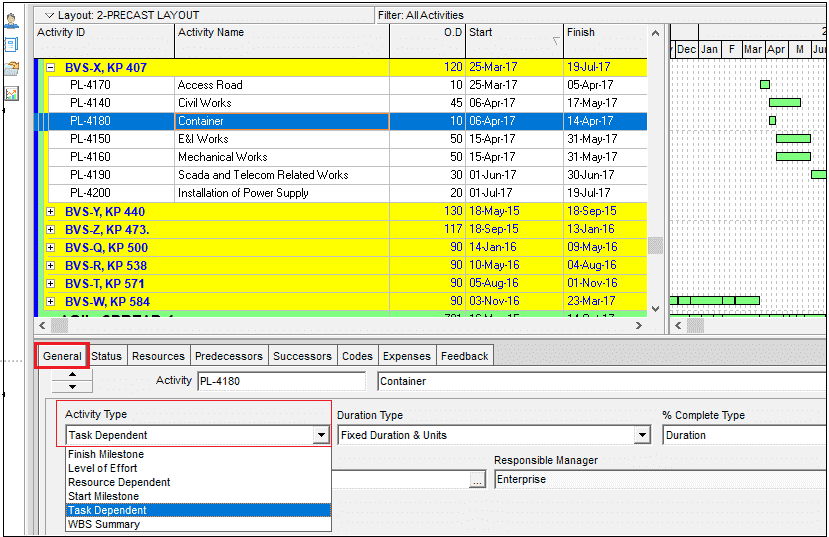
Figure 1 – Primavera P6 Adding Activities
How to Add Activities in Oracle Primavera P6 ?
Activities can be inserted into a schedule by using a couple of ways from the Activities window. (Figure 2)
1. Click Add from the Command Bar
2. Select Edit | Add from the main drop-down menu
3. Press Insert on the keyboard.
4. Right-click in the activity table and Select Add.
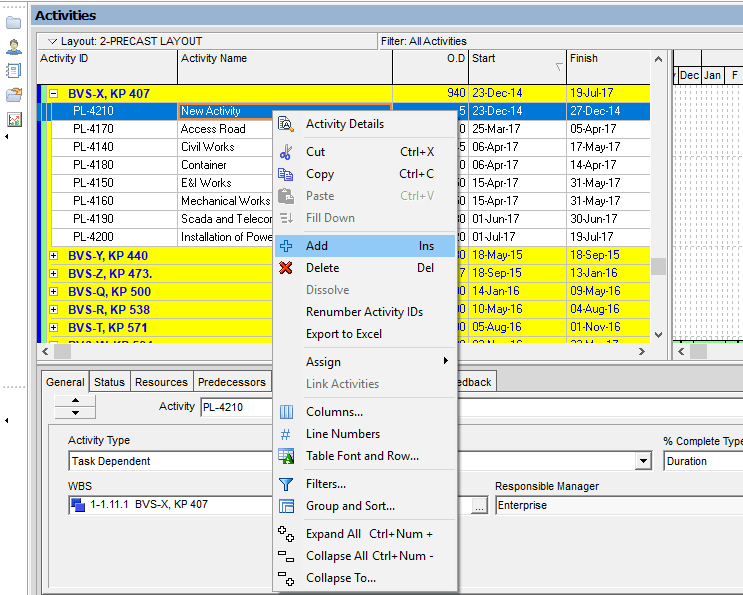
Figure 2 – Primavera P6 Adding Activities
Activity ID settings (increment, prefix, suffix) can be changed by using the Defaults tab in the bottom details area in the “Projects” window. Also, Activity Type, Duration Type, Percent Complete Type can be determined as defaults for new activities from this tab.
Summary
There are six types of activities in Oracle Primavera P6 and they can be added to a project schedule by using several ways. Task-dependent activities are scheduled based on the working and non-working days of the activity calendar. Also, Resource Dependent activities are scheduled based on the working and non-working days of the allocated resource’s calendar. The duration of a Level of effort activity is dependent on its predecessor and/or successor activities. Also, start and finish milestone activities mark the important start or finish dates of the project. They don’t have any duration or cost. Also, the start date of a WBS summary is the start date of the activities of the WBS level and the finish date of it is the finish date of the activities of the WBS level.
It is important to understand the activity types and their usage in order to build an effective schedule.
In this article, we discussed six activity types of Oracle Primavera P6 and demonstrated how to add activities. Also, if you want to share your knowledge or experience related to the usage of the activity types, you can do so by using the comments section.
Dear Readers,
Are you eager to boost your project management skills? Look no further!
Projectcubicle.com brings the world of project management right to your fingertips. Also, our experts craft articles rich in insights and strategies for professionals at every level. Additionally, we animate these concepts through dynamic YouTube videos, offering you an engaging way to learn and grow.
Explore our vast resources where seasoned professionals share their wisdom and experiences. Every article and video opens up new perspectives and introduces techniques that can revolutionize your approach to project management. Also, our aim is not just to inform but to inspire you to take action and innovate.
Now is the time to elevate your project management journey. Delve into projectcubicle.com, where each article and video guides you closer to mastery. Also, seize this opportunity to learn, adapt, and excel in the field of project management.
Visit us at projectcubicle.com and kick-start your journey toward becoming a project management expert. Also, let’s learn and grow together on this journey. Your path to project management expertise starts now!
See Also
Read Perfect Guide! Primavera P6

Irma Gilda is chief executive of Sonic Training and Consultancy Co., the training platform offers project planning and scheduling More than 60 k learners have used the platform to attain professional success. Irma is a professional Primavera P6 Trainer.


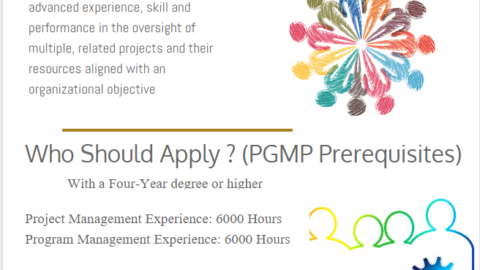
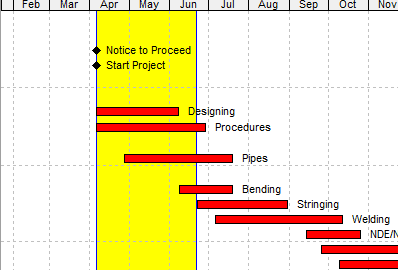
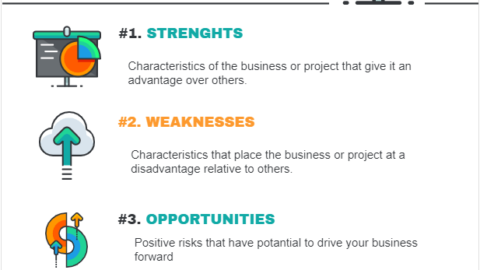
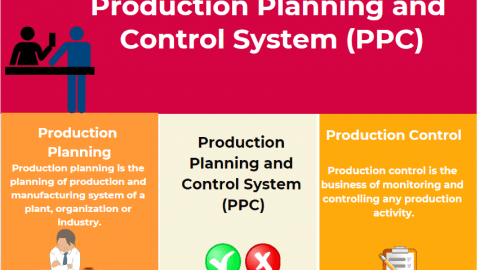



Thanks for this information. I want to add Schedule Percent Complete In P6
Dear Sirs. I am very thankful for this good information
Primavera helps me arrange my data with multiple filters. https://crackspick.com/primavera-p6-professional/